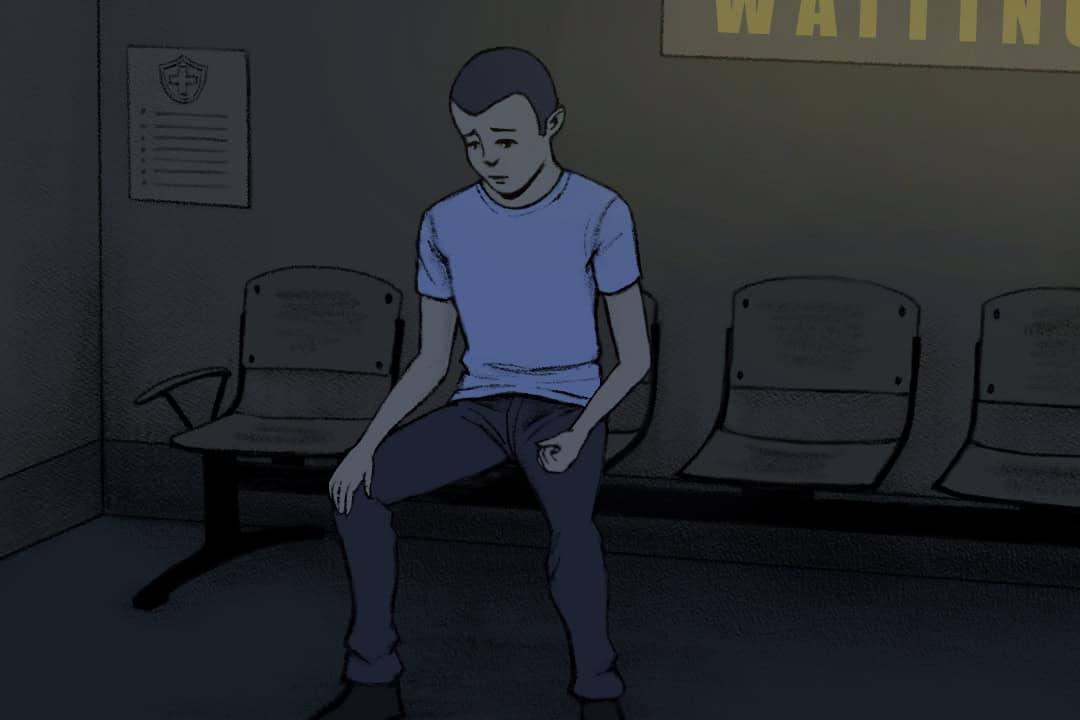Last winter, I developed severe abdominal pain and nausea that persisted for several days. Without a family doctor, I had no choice but to visit a crowded emergency room (ER) at a downtown Toronto hospital.
After six excruciating hours, a doctor finally saw me — but he seemed rushed and distracted. He quickly diagnosed me with gastritis, prescribed some medication, and sent me on my way without addressing my concerns about underlying causes or follow-up care. The entire experience felt impersonal and inadequate.
Two weeks later, when my symptoms worsened, I returned to the ER. However, I arrived only to face another long wait and a different doctor who gave me a conflicting diagnosis of gallstones. This lack of continuity in care and the inability to build a relationship with a primary care physician who knows my medical history left me feeling vulnerable and uncertain about my health.
My experience highlighted the importance of having a family doctor who can provide consistent, comprehensive care, and act as a gateway to specialized services when needed. It also made me aware of the strain on our emergency services, which are increasingly burdened by millions who — like me — have nowhere else to turn for primary care.
The growing crisis
According to the Ontario Medical Association (OMA), approximately 2.3 million Ontarians currently do not have a family doctor and this number is expected to nearly double in only two years.
On January 29, OMA President Dr. Andrew Park emphasized the severity of the situation in a news release, writing that “The implications of people not being able to access primary care are severe.” Park warned that the medical crisis is unfolding in cities such as Sault Ste. Marie — where thousands have been left without a family doctor — could replicate across Ontario if immediate action is not taken.
The situation is particularly dire in Toronto, where over 516,000 residents currently lack a family doctor. As residents of Toronto, I think we should all be concerned about the Ontario healthcare system.
Underlying causes
One significant issue that intensifies this family doctor shortage is the aging physician workforce. The Ontario College of Family Physicians (OCFP) reports that 1.74 million Ontarians in 2022 had a family doctor over the age of 65, nearing retirement.
Additionally, family doctors face a heavy administrative burden, spending up to 19 hours per week on paperwork which detracts from patient care time. This bureaucratic load not only reduces the time available for direct patient interaction but also contributes to job dissatisfaction among physicians.
Job dissatisfaction and burnout can also exacerbate retention issues in our healthcare system. A survey by OCFP shows that nearly 65 per cent of family doctors are planning to change or leave their practice in the next five years. Furthermore, in 2008, 77 per cent of family doctors in Ontario spent most of their time providing comprehensive care: the prevention and management of multiple physical and emotional health problems of a patient over a period of time. However, this declined to 65 per cent by 2022.
The shift away from long-term family medicine is occurring across all career stages of physicians, including mid-career and late-career family doctors. Even worse is that the number of medical school graduates choosing to pursue family medicine is at its lowest in 15 years. Therefore, as physicians retire, there are not enough younger doctors to take over their practices.
This downward trend is leaving a gap in the spectrum of medical support that Ontarians depend on, which may potentially lead to undetected health issues in patients and increase the strain on emergency departments.
Potential solutions
Based on my experience with seeking healthcare, I believe there are several strategies individuals can consider while struggling to find a family doctor.
These include registering with Health Care Connect, a program that helps match any Ontarian without a family health care provider, as long as you have an Ontario health card and an associated mailing address. Another option is exploring Community Health Centres, which are non-profit community organizations that provide primary health care and health promotion programs. These centres offer a range of services and may be more accessible than traditional family practices. Additionally, you can utilize telemedicine services by phoning and video-calling licensed healthcare providers.
Overall, it’s clear to me that Ontario’s family doctor shortage is a complex issue requiring multifaceted solutions. The OCFP is calling on the Ontario government to take urgent action, including expanding access to team-based care — where multiple health professionals collaborate to provide comprehensive care — reducing unnecessary administrative tasks and ensuring fair compensation to doctors that keeps pace with inflation.
By exploring alternative healthcare models and implementing innovative solutions, I hope that Ontario can work toward ensuring that all residents have access to the primary care we need.
Matt Lee is a third-year student at Innis College studying English and history and philosophy of science and technology. He is the production team leader at CIUT.FM.



No comments to display.